Exclusive丨This planting method is super simple, the key is that it is clean and profitable!
In recent years , growing vegetables on balconies using soilless hydroponics has become increasingly common, primarily due to its cleanliness. However, this method hasn't yet gained popularity on large-scale farms. However, Xiaonongjun believes this growing method has great potential, as it maximizes space utilization and is not only clean. Today, Xiaonongjun introduces this simple and clean growing method: soilless hydroponics .
Soilless hydroponics refers to a growing technique in which all the nutrients necessary for normal plant growth are scientifically formulated into a nutrient solution in appropriate proportions and quantities, allowing the roots to absorb the nutrients. Most leafy vegetables can be grown hydroponically. Common varieties include lettuce, spinach, water celery, kale, choy sum, rapeseed, pakchoy, kale, and gerbera. Lettuce is one of the most important and common vegetables grown hydroponically.
1. What are the benefits of soilless hydroponic vegetables?
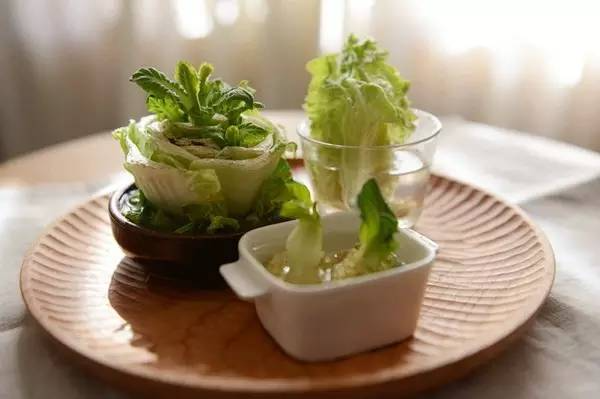
The vegetables grown are fresh, clean and pollution-free
Leafy vegetables are the most common and popular vegetable. Leafy vegetables are primarily edible stems and leaves, and leafy vegetables like lettuce and romaine lettuce are primarily consumed raw, requiring them to be fresh, clean, and pollution-free. Hydroponically grown vegetables are susceptible to environmental contamination, resulting in excessive levels of heavy metals and pesticides. Hydroponically grown leafy vegetables, however, offer superior quality compared to soil-grown vegetables, characterized by cleanliness, freshness, a pleasant taste, and superior quality.
Suitable for home gardening, simple and convenient
For home gardening, all you need is a bottle filled with prepared nutrient solution and you can enjoy the joy of cultivating your own crops. Hydroponics is more convenient and cleaner than soil cultivation. Soilless cultivation is not limited by space, allowing you to grow more vegetables in a smaller environment, making better use of your balcony space.
Adapting to market demand, year-round cultivation can be carried out on the same site
Vegetables, especially leafy ones, are difficult to store, yet year-round production is necessary to meet market demand. Rotating leafy vegetables grown in soil is tedious, requiring land preparation, bed formation, planting, fertilizing, and watering. However, rotating leaves in soilless cultivation is simple: simply plant the seedlings in the planting holes. For example, lettuce can be sown, planted, and harvested 365 days a year, ensuring uninterrupted production. Therefore, hydroponics facilitates crop rotation and is suitable for planned and contracted production.
A good production method to solve the problem of vegetable off-season supply
Leafy vegetables generally have short plants and require no additional support structures, so the investment in facilities is lower than for soilless cultivation of fruits and vegetables. Hydroponic vegetables have a short growth cycle and a fast turnover rate. Hydroponics, as a form of facility production, is generally less susceptible to damage from typhoons. Farmers in coastal areas who can supply fresh vegetables during typhoon season often enjoy higher profits.
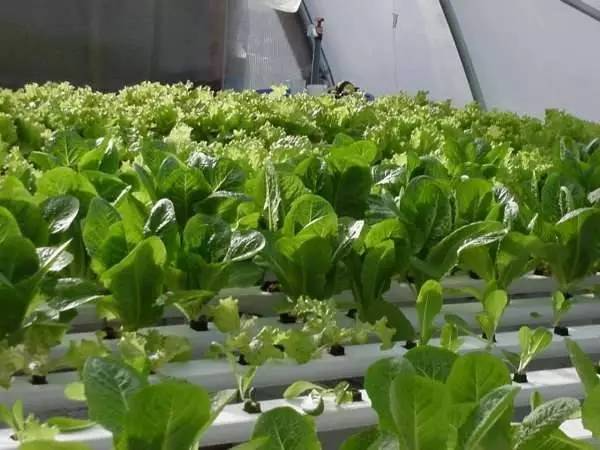
Facilitate production management
The management method of hydroponic vegetables is also very healthy. You only need to regularly water the vegetables with nutrient solution. It is also very convenient to manage and does not require some steps such as fertilizing, watering, and turning the soil.
High economic benefits
Hydroponics can avoid the damage of continuous cropping and offer a high multiple cropping index. Facility operation rates can reach over 20 crops per year, resulting in high economic returns. For this reason, hydroponics is often used for leafy vegetables.
2. The core technology of soilless hydroponic vegetables is nutrient solution preparation
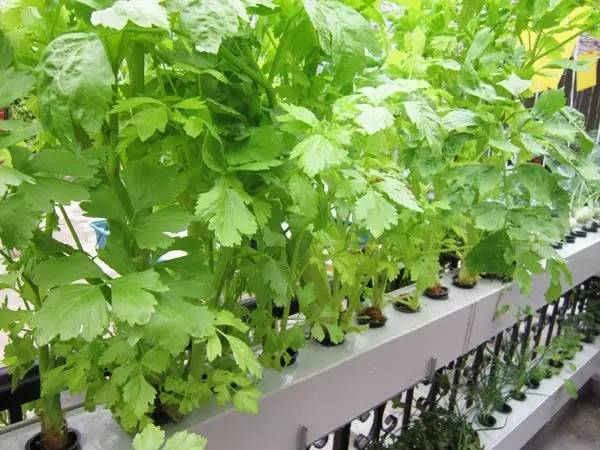
Nutrient solution preparation is the core technology for the normal growth of hydroponic vegetables. It is also the foundation and key to soilless cultivation.
During the specific planting process, we need to dissolve a certain amount of fertilizer in water at an appropriate ratio based on the plant's nutrient needs. The success of hydroponics depends largely on the appropriate nutrient solution formulation, concentration, ratio of various nutrients, pH, and temperature, as well as whether the nutrient solution management during plant growth meets the requirements of each growth stage. Only by adopting the correct formula and using appropriate methods to prepare and manage the nutrient solution can plants maintain an optimal nutrient solution environment at all stages of their growth and development. Only then can plants devote more energy to growth, flowering, and fruiting, thereby achieving rapid, high-yield, and high-quality cultivation results.
Only by thoroughly understanding the composition and dynamics of nutrient solutions, as well as their control methods, can one truly grasp the essence of hydroponics. Nutrient solution preparation and management is by no means a simple matter of mechanically dissolving a few fertilizers in water using a pre-existing formula. Different water quality, cultivation methods, climate conditions, and growing seasons all significantly influence the preparation and effectiveness of nutrient solutions. Only by correctly and flexibly preparing and using nutrient solutions, coupled with diligent practice, can one achieve successful cultivation.
3. Planting technology of soilless hydroponic vegetables
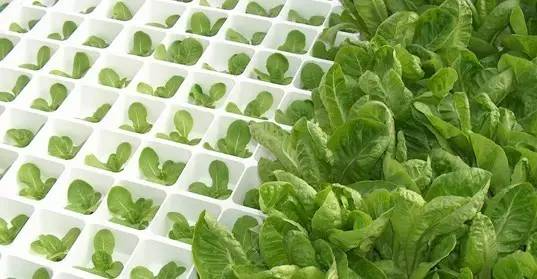
When growing vegetables in soilless hydroponics, in addition to the nutrient solution, some of them also have a substrate. The role of the substrate is to fix the flower plants in the container instead of soil, and to retain the nutrient solution and water for the growth and development of the flowers.
When using perlite, ceramsite, and vermiculite to cultivate flowers, you must pay attention to issues such as water replenishment. Generally speaking, after the flowers are planted, as long as you observe that there is no nutrient solution seeping out of the tray, you can replenish it.
The specific method is to add liquid once a week for medium and small pots, 50 ml each time; and once every two weeks for large pots, 500 ml each time. For large flowers, only water the nutrient solution and do not water or water less. If the water in the pot evaporates, you can add tap water to it, as long as the water level remains unchanged.
In addition, the replenishment can be adjusted appropriately according to factors such as seasonal changes. For example, during the growth period of potted flowers, nutrient solution should be used 1-2 times a week; in winter when the plants are dormant, the solution can be replenished once a month; before the flowers bloom and after they bear fruit, the concentration and frequency of replenishment should be increased.
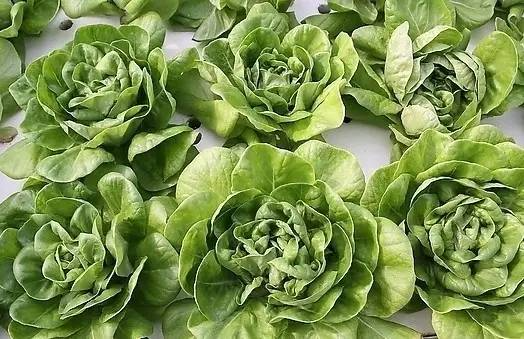
The purpose of using a mixed substrate for flower cultivation is to increase porosity, enhance water and fertilizer retention, improve permeability, and regulate pH. Generally, after planting, there is no need to maintain the water level or replace the nutrient solution. Simply allow the nutrient solution to flow through once until exudate begins to flow.
The substrates that can be mixed include: expanded clay and perlite can be mixed in a ratio of 2:1 to increase the water content, which is suitable for planting flowers with thick roots or fleshy roots; vermiculite and perlite can be mixed in a ratio of 1:1 to improve ventilation and are suitable for cutting substrates; peat, vermiculite, and perlite can be mixed in a ratio of 2:1:1, which has a high water content and is often used to cultivate foliage plants; peat and sand can be mixed in a ratio of 3:1 and can be used for potted flowers and trees; peat and perlite can be mixed in a ratio of 1:2 and are used for potted plants with slender roots, such as rhododendrons.
▌Xiao Nong Jun Yu: Everyone knows the benefits of hydroponic vegetables now. If you're interested, you can look up the relevant cultivation techniques on your own. Xiao Nong Jun won't go into detail here. From now on, you can grow clean vegetables on your balcony at home. Once you try, you'll learn it.
Some materials come from: HowNet
Editor of this issue: Xiangyang Gumu
Modern agriculture Modern life Exclusive
The ranking list is as follows:
【Top1】If you run a cooperative, you can enjoy these good policies next year!
【Top2】What rights and interests will be affected after the cancellation of agricultural household registration?
【Top3】 New policies are introduced to promote the rapid development of leisure agriculture
【Top4】 Do you know the six new policies issued last week?
【Top5】 A female doctor gave up her million-dollar annual salary to raise earthworms in the countryside?
【Top6】 How could this tiny and insignificant thing be so valuable?
【Top7】How to tackle the tough task of lifting 10 million people out of poverty?
【Top8】 How did “Chicken Commander” achieve an annual net profit of 2.05 million yuan?
【Top9】 So many farmers are concerned about land rights confirmation!
【Top10】Mr. Krabs tells you these secrets about crabs